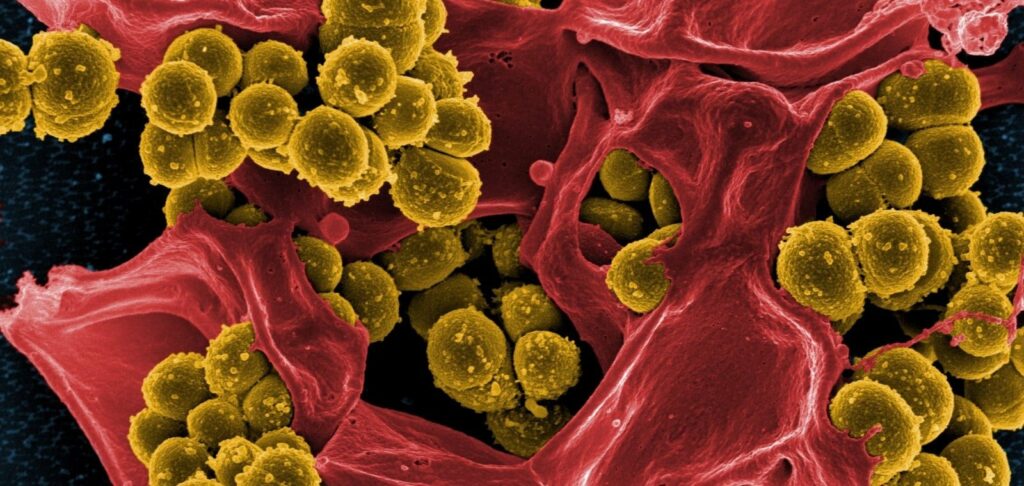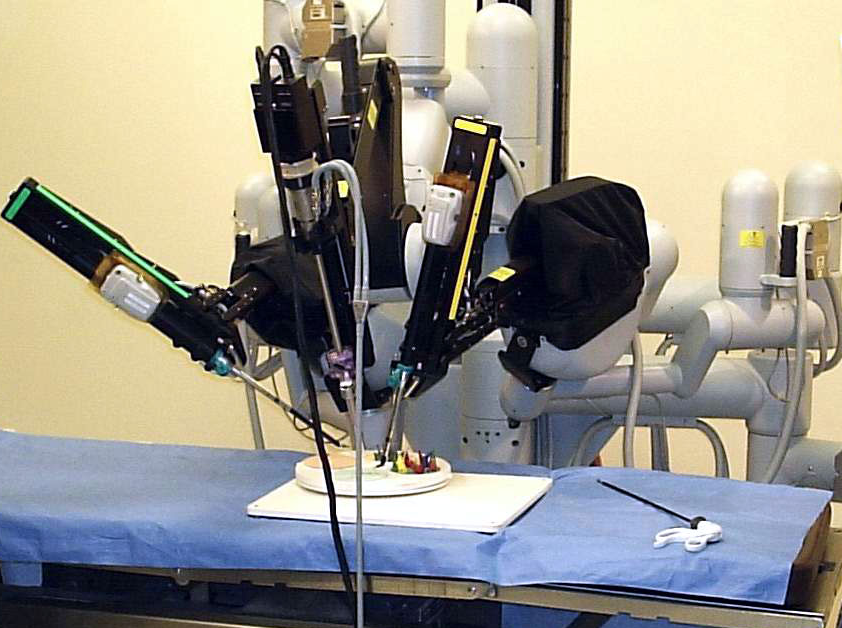

Вы когда-нибудь замечали на руках или ногах небольшие шершавые бугорки, напоминающие мурашки или куриную кожу?
Если да, то, возможно, у вас кератоз пиларис (КП), распространенное и безвредное заболевание кожи, которым страдают до 50-80% подростков и 40% взрослых.
Кератоз пилярис возникает, когда кератин, белок, защищающий кожу, накапливается и закупоривает волосяные фолликулы, что приводит к появлению характерных бугорков.
Хотя кератоз пиларис не является болезненным или заразным, для некоторых людей он может представлять собой косметическую проблему.
Как врач, я готов предоставить вам полезную информацию, чтобы вы поняли причины, симптомы и способы лечения кератоза пиларис.
Вы будете вооружены знаниями и инструментами, чтобы справиться с этим упрямым, но поддающимся лечению заболеванием кожи.
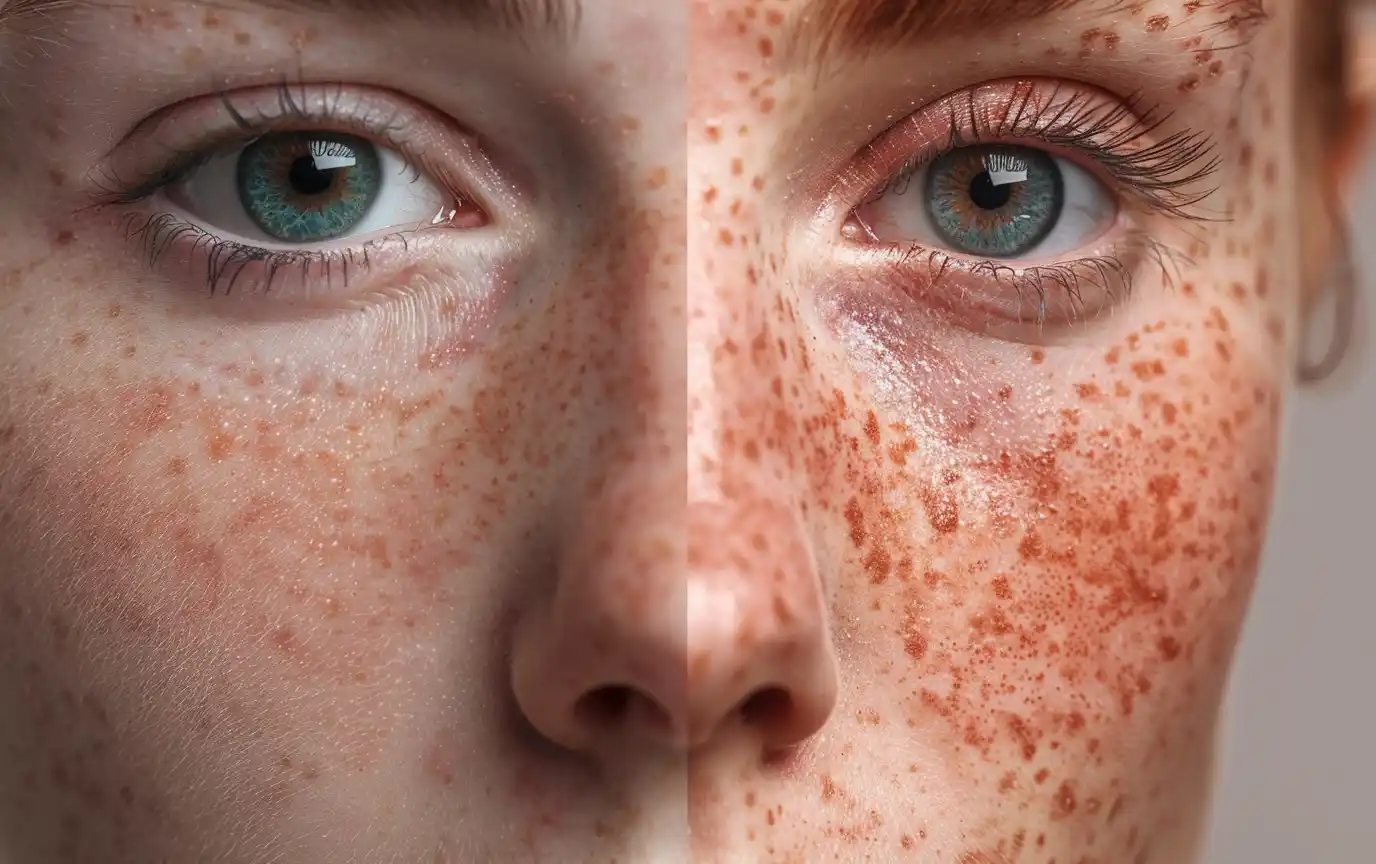
Что такое кератоз Пиларис?
Что вызывает эти раздражающие мурашки?
Кератоз развивается, когда кератин, твердый белок, защищающий кожу от инфекций и других вредных веществ, накапливается и образует пробку, блокирующую отверстие волосяного фолликула.
В норме кератин постепенно отшелушивается с поверхности кожи, но у людей с кератозом пиларис этот процесс нарушается, что приводит к появлению характерной грубой, бугристой текстуры кожи.
Важно отметить, что, хотя кератоз пиларис может быть неприглядным, это доброкачественное состояние, не представляющее опасности для здоровья.
Бугорки, которые могут иметь цвет кожи, быть красными или коричневыми, у большинства людей не вызывают боли или зуда.
Однако некоторые люди могут испытывать легкий зуд или сухость, особенно в зимние месяцы, когда воздух менее влажный.
Кератоз пиларис чаще всего поражает верхнюю часть рук, бедра, щеки и ягодицы, но может появиться на любом участке тела с волосяными фолликулами, за исключением ладоней и подошв.
Это заболевание часто называют «куриной кожей» из-за его внешнего вида, напоминающего мурашки.
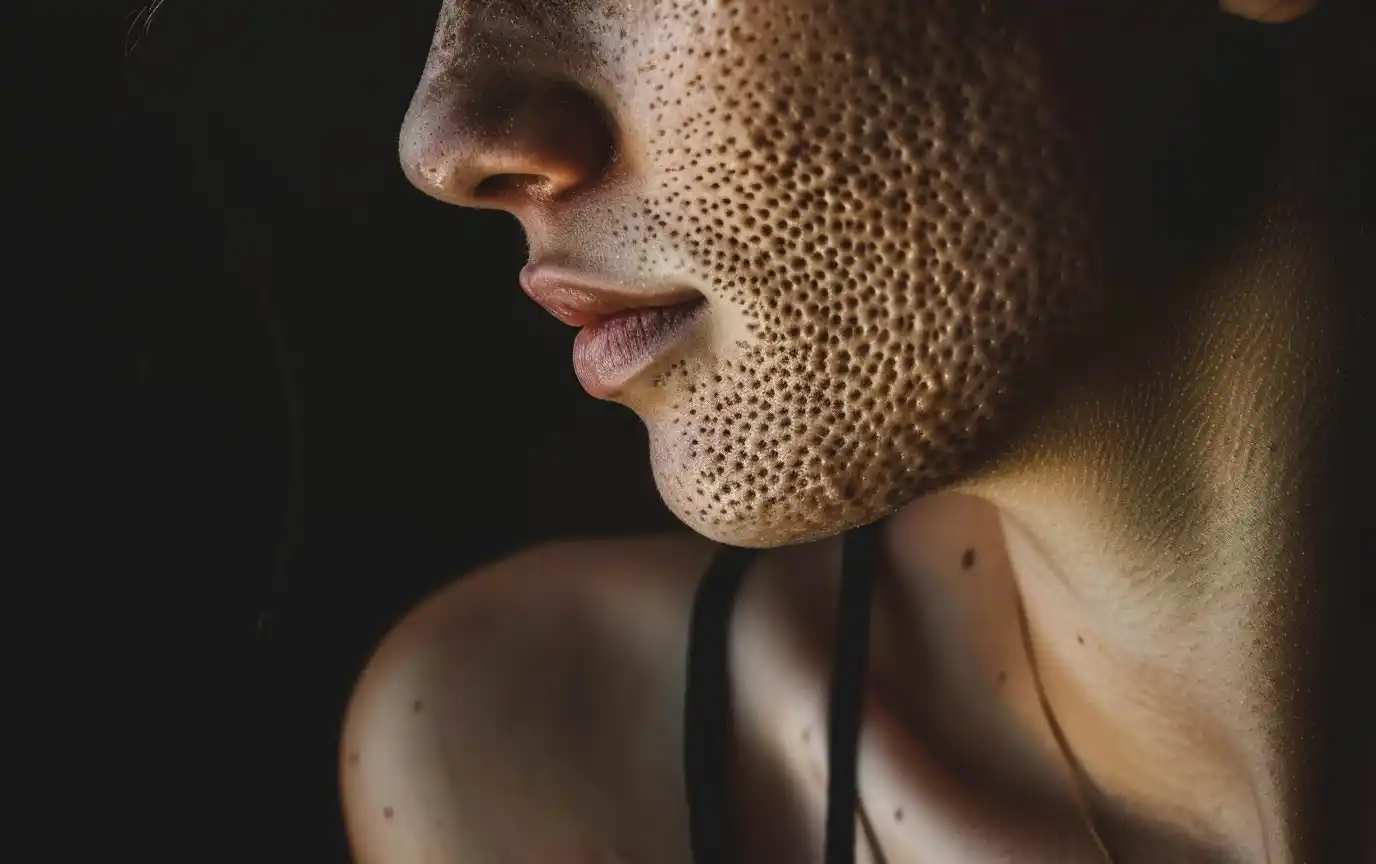
У кого возникает кератоз пиларис?
Несколько факторов могут повысить вероятность развития кератоза пиларис, в том числе:
- Генетика: Keratosis pilaris обычно встречается в семьях, что позволяет предположить, что определенные генетические черты могут предрасполагать к этому заболеванию.
- Возраст: Это заболевание чаще встречается у детей и подростков, причем до 50-80% подростков страдают от него. Кератоз пиларис часто улучшается с возрастом и может исчезнуть к 30 годам.
- Сухая кожа: люди с сухой кожей или экземой (атопический дерматит) более склонны к развитию кератоза пиларис.
- Сезонные изменения: Кератоз пиларис имеет тенденцию ухудшаться в сухие, холодные зимние месяцы и улучшаться летом, когда уровень влажности выше.
- Гормональные колебания: Гормональные изменения во время беременности могут спровоцировать или усугубить кератоз пиларис.
Хотя точная причина кератоза пиларис до конца не выяснена, исследователи считают, что развитию заболевания способствует сочетание генетических, экологических и гормональных факторов.
Некоторые исследования также предполагают связь между кератозом пиларис и дефицитом витамина А, хотя для подтверждения этой связи необходимы дополнительные исследования.
Важно помнить, что кератоз пилярис — очень распространенное заболевание, которым страдает значительная часть населения.
Если у вас кератоз пиларис, вы не одиноки, и существует множество вариантов лечения, которые помогут справиться с симптомами и улучшить внешний вид вашей кожи.
В следующем разделе мы более подробно рассмотрим признаки и симптомы кератоза пиларис и обсудим, когда пора обратиться к дерматологу для постановки точного диагноза и составления индивидуального плана лечения.

Симптомы кератоза пиларис
Как распознать кератоз пиларис
Кератоз пиларис характеризуется характерным внешним видом, который часто описывают как «мурашки», «куриная кожа» или «текстура, похожая на наждачную бумагу».
Бугорки обычно имеют цвет кожи, белый или слегка красный, и они могут быть более заметны, когда кожа сухая.
В некоторых случаях бугорки могут воспаляться или иметь вид прыщей.
К наиболее распространенным областям, пораженным кератозом пиларис, относятся:
- Keratosis pilaris на руках: Чаще всего поражаются верхние наружные части рук, при этом бугорки часто появляются на тыльной стороне рук.
- Keratosis pilaris на ногах/бедрах: Бугорки могут также появляться на бедрах, особенно на передней и внешней сторонах верхней части ног.
- Кератоз пиларис на щеках/лице: У некоторых людей может появиться кератоз пиларис на щеках или лице, который можно принять за акне.
- Кератоз пиларис на ягодицах: Ягодицы также могут быть поражены кератозом пиларис, при этом бугорки появляются в верхней и наружной частях.
Помимо характерных бугорков, у некоторых людей с кератозом пиларис могут наблюдаться и другие симптомы, например:
- Покраснение: вокруг бугорков может быть легкое покраснение или воспаление, особенно если они были поцарапаны или раздражены.
- Зуд: Хотя кератоз пиларис обычно не вызывает зуда, некоторые люди могут испытывать легкий зуд, особенно если кожа очень сухая.
Важно отметить, что степень тяжести кератоза пиларис может варьироваться от человека к человеку: у одних это всего лишь несколько разбросанных бугорков, у других — более обширное поражение.
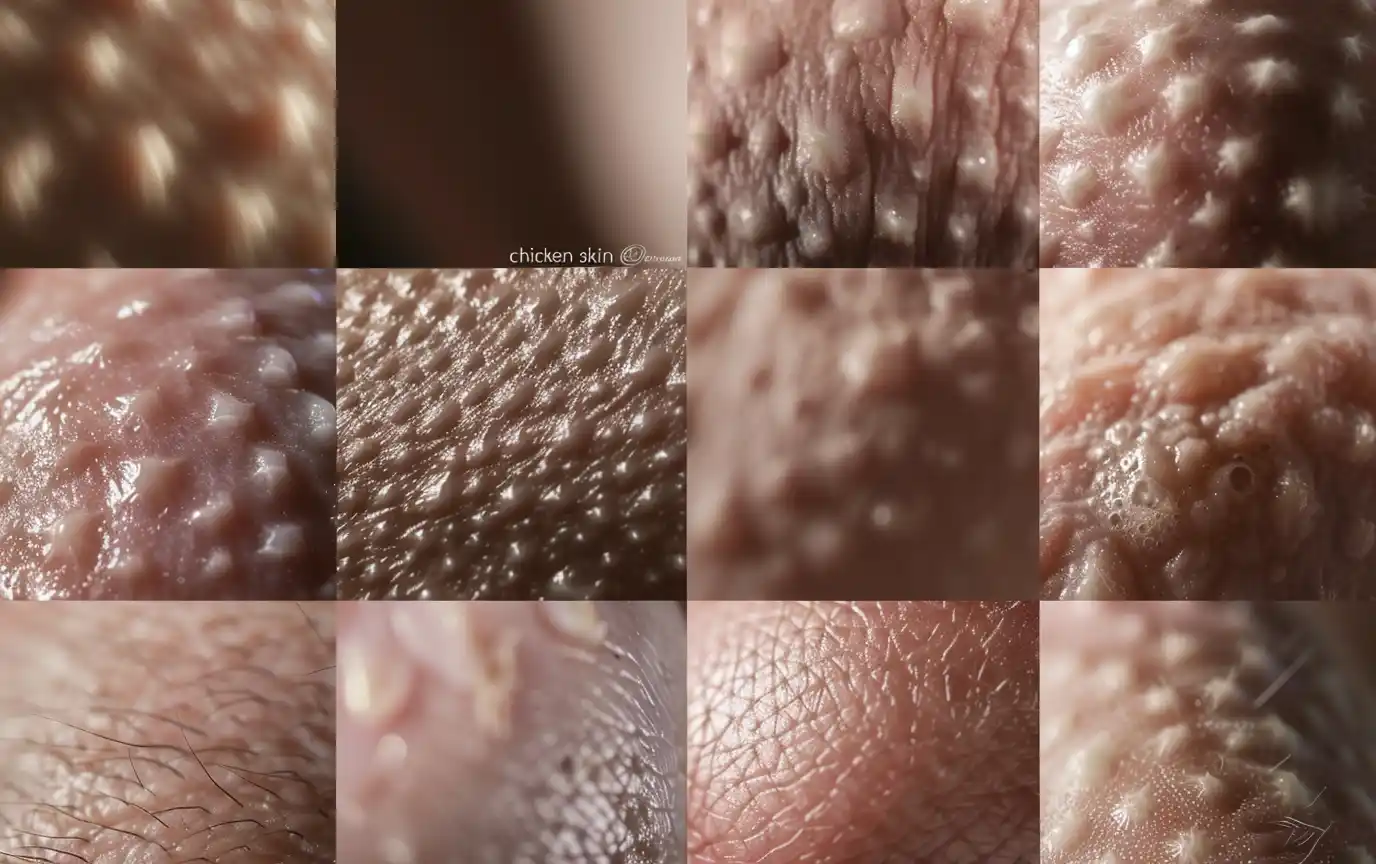
Это кератоз пиларис или что-то другое?
Хотя кератоз пиларис имеет ярко выраженный внешний вид, существует несколько других заболеваний кожи, которые могут вызывать похожие бугорки или сыпь.
Некоторые из них включают:
- Экзема (атопический дерматит) : Экзема — это хроническое кожное заболевание, которое вызывает сухость, зуд и воспаление кожи. Иногда она может напоминать кератоз пиларис, но экзема, как правило, сильнее зудит и может приводить к растрескиванию или вытеканию кожи.
- Фолликулит: Фолликулит — это воспаление волосяных фолликулов, часто вызванное бактериальными или грибковыми инфекциями. Он может вызвать появление красных, зудящих или болезненных бугорков, которые могут быть наполнены гноем.
В отличие от кератоза пиларис, бугорки при фолликулите обычно более рассеяны и не так симметричны.
- Акне: Акне — это распространенное заболевание кожи, которое возникает, когда волосяные фолликулы забиваются жиром и отмершими клетками кожи.
Хотя акне может вызывать бугорки и покраснения, похожие на keratosis pilaris, оно обычно поражает лицо, грудь и спину, а бугорки могут сопровождаться угрями, белыми головками или кистами.
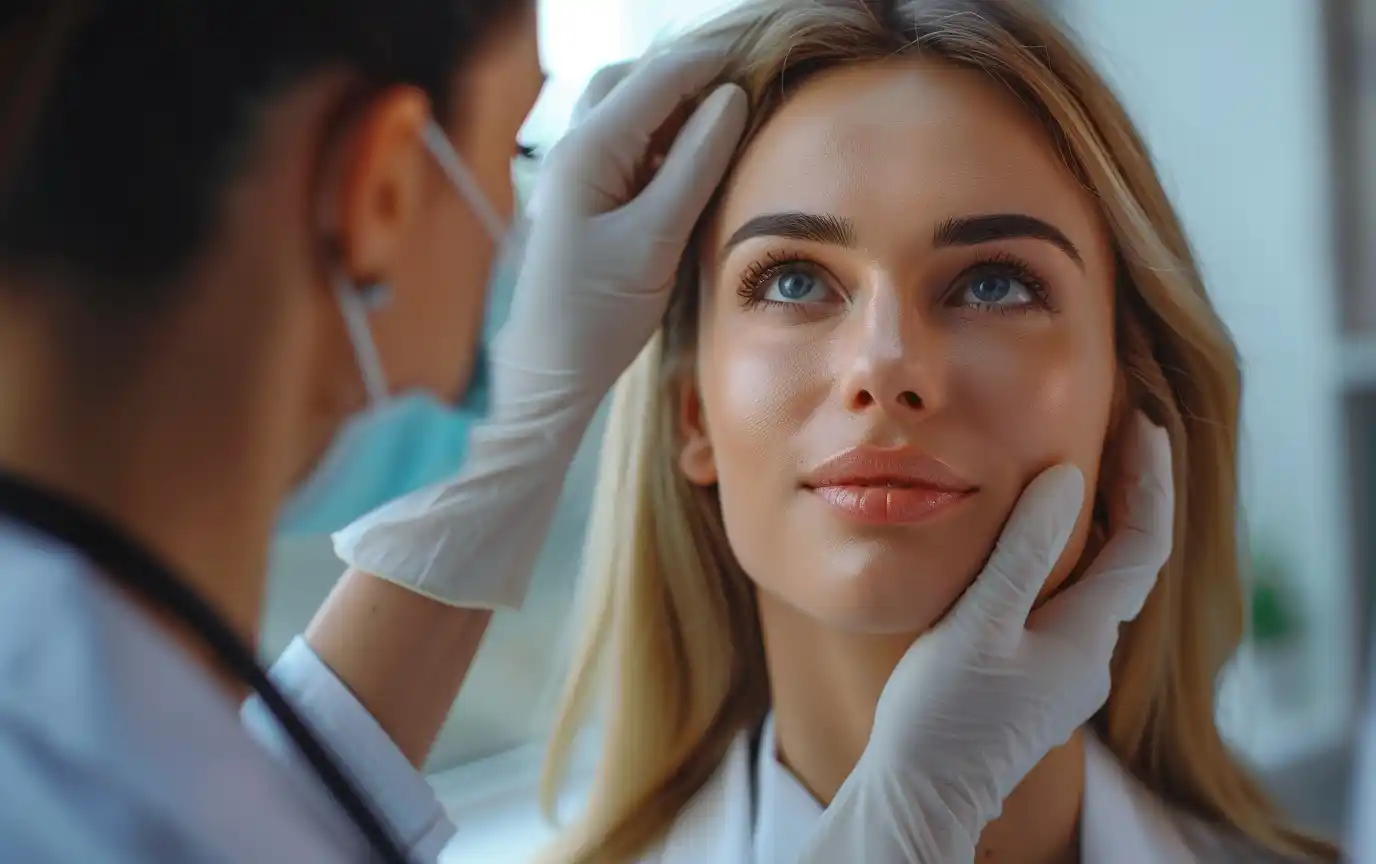
Если вы не уверены, вызваны ли ваши бугорки кератозом пиларис или другим заболеванием кожи, необходимо проконсультироваться с дерматологом для постановки точного диагноза.
Дерматолог осмотрит вашу кожу, изучит историю болезни и проведет все необходимые анализы, чтобы определить основную причину ваших симптомов.
Точный диагноз имеет решающее значение для разработки эффективного плана лечения, поскольку различные состояния кожи могут требовать разных подходов.
В некоторых случаях то, что кажется кератозом пиларис, может быть признаком основного заболевания, например эндокринного расстройства или недостатка витаминов.

Лечение кератоза пиларис
Безрецептурные средства для лечения кератоза пиларис
Хотя лекарств от кератоза пиларис не существует, несколько безрецептурных средств могут помочь справиться с симптомами и улучшить внешний вид кожи.
Ключом к лечению кератоза пиларис является сочетание мягкого отшелушивания и постоянного увлажнения.
Вот некоторые рекомендуемые безрецептурные средства:
- Увлажняющие средства с керамидами, мочевиной или молочной кислотой:Ищите увлажняющие средства, содержащие такие ингредиенты, как керамиды, которые помогают укрепить кожный барьер; мочевину, которая смягчает и увлажняет кожу; или молочную кислоту, альфа-гидроксикислоту (AHA), которая мягко отшелушивает и увлажняет.
Эти ингредиенты помогают разрыхлить и удалить кератиновые пробки, которые вызывают бугорки при кератозе пиларис. Рассмотрите Cetaphil от Galderma или Lacera от Schonen.
- Мягкие отшелушивающие средства для тела с салициловой или гликолевой кислотой: Эксфолиация помогает удалить омертвевшие клетки кожи и разблокировать волосяные фолликулы. Выбирайте средства для мытья тела или скрабы, содержащие салициловую кислоту — бета-гидроксикислоту (BHA), которая проникает в волосяные фолликулы и растворяет кератиновые пробки, или гликолевую кислоту — AHA, которая помогает разгладить и выровнять текстуру кожи.
Используйте эти средства мягко, избегая жестких скрабов, которые могут раздражать кожу.
- Очищающие средства и кремы без отдушек: Выбирайте мягкие очищающие средства и кремы без отдушек, чтобы избежать дальнейшего раздражения кожи. Ищите средства с пометкой «некомедогенно», то есть они не забивают поры.
При лечении кератоза пиларис важно соблюдать правила ухода за кожей. Мягкое отшелушивание и регулярное увлажнение помогут со временем улучшить текстуру и внешний вид кожи.
Однако важно набраться терпения, так как для того, чтобы увидеть значительные улучшения, может потребоваться от нескольких недель до нескольких месяцев.
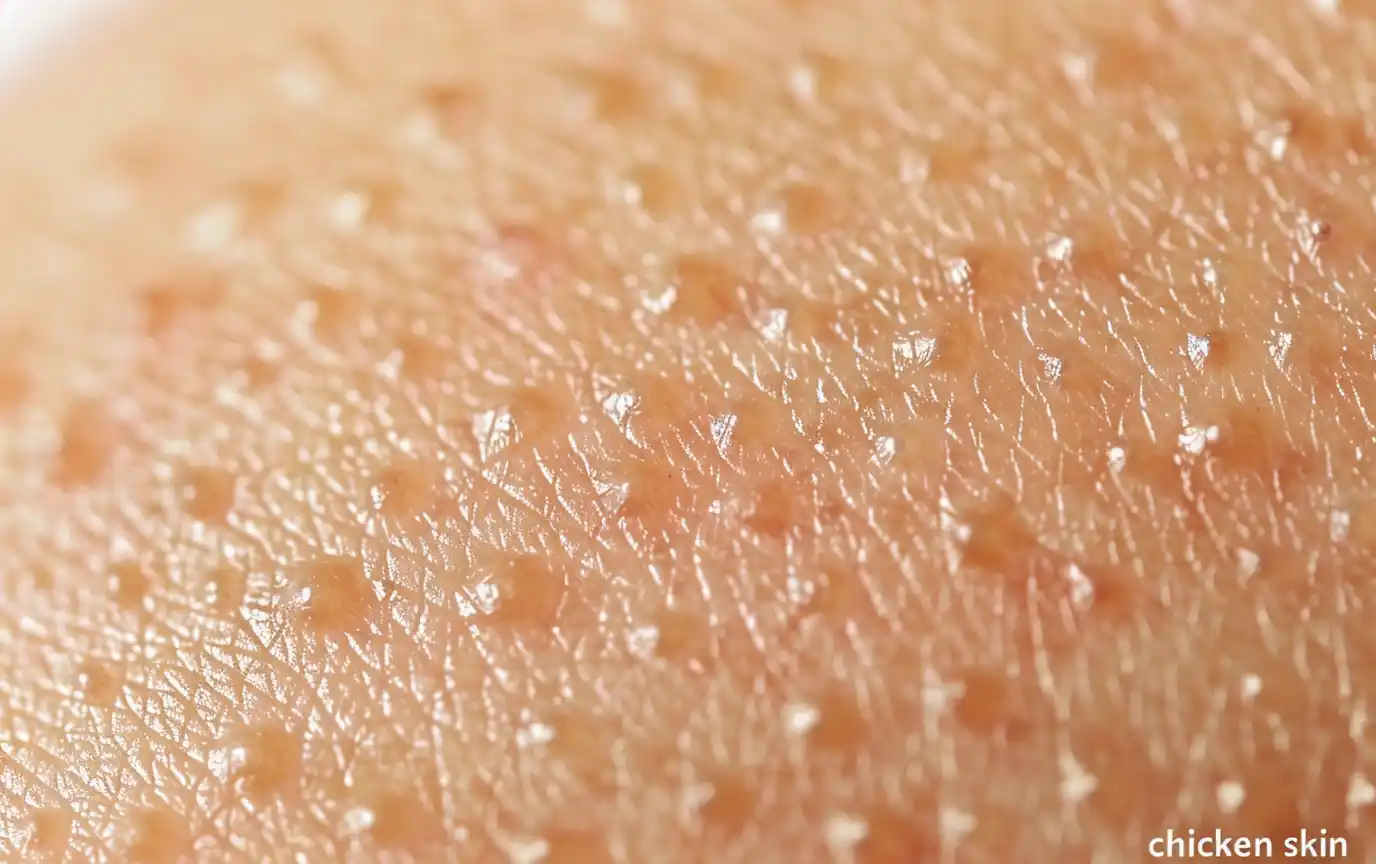
Рецептурные препараты для лечения кератоза пиларис
В некоторых случаях безрецептурных средств может быть недостаточно для устранения симптомов кератоза пиларис.
Если ваше состояние тяжелое или не поддается самолечению, дерматолог может порекомендовать рецептурные средства, такие как:
- Топические ретиноиды: Ретиноиды, получаемые из витамина А, помогают разблокировать волосяные фолликулы и способствуют обновлению клеток.
Рецептурные ретиноиды местного действия, такие как третиноин или тазаротен, могут быть более эффективными, чем безрецептурные средства с ретинолом.
Однако эти препараты могут вызывать раздражение, покраснение и сухость кожи, поэтому их следует применять под руководством дерматолога.
- Кремы с витамином D: Местные кремы с витамином D, такие как кальципотриен, были показаны для улучшения внешнего вида бугорков кератоза пиларис.
Эти кремы работают за счет замедления роста клеток кожи и уменьшения воспаления.
- Пероральные ретиноиды: В тяжелых случаях кератоза пиларис, не поддающихся местному лечению, могут быть назначены пероральные ретиноиды, такие как изотретиноин.
Эти препараты обычно предназначены для краткосрочного применения из-за возможных побочных эффектов, таких как сухость кожи, потрескавшиеся губы и чувствительность к солнцу.
Если у вас стойкий или тяжелый кератоз пиларис, важно проконсультироваться с дерматологом, чтобы определить наилучший курс лечения для ваших индивидуальных потребностей (лекарства от кератоза пиларис по рецепту).
Дерматолог может оценить степень тяжести вашего состояния и порекомендовать наиболее подходящие рецептурные препараты.

Домашние средства для лечения кератоза пиларис
Помимо безрецептурных и рецептурных препаратов, существует несколько домашних средств, которые могут помочь облегчить симптомы кератоза пиларис.
Хотя доказательная база этих средств ограничена, они, как правило, не представляют особого риска и могут быть полезны в сочетании с другими методами лечения.
Некоторые популярные домашние средства включают:
- Сухая расческа: Осторожно расчесывайте пораженные участки щеткой с мягкой щетиной перед душем, чтобы отшелушить кожу и разблокировать волосяные фолликулы. При этом следует использовать легкое надавливание и избегать слишком резких движений, так как это может вызвать раздражение кожи.
- Овсяные ванны: Добавление коллоидной овсянки в воду для купания поможет успокоить и увлажнить кожу. Овсянка обладает противовоспалительными свойствами и может помочь снять зуд и раздражение, связанные с кератозом пиларис.
- Кокосовое масло: Нанесение кокосового масла на пораженные участки может помочь увлажнить и смягчить кожу. Кокосовое масло содержит лауриновую кислоту, которая обладает противомикробными свойствами и может помочь уменьшить воспаление.
Однако будьте осторожны при использовании кокосового масла на лице, так как у некоторых людей оно может забивать поры.
- Увлажнитель воздуха: Использование увлажнителя воздуха в вашем доме может помочь добавить влаги в воздух, что может предотвратить чрезмерную сухость кожи. Сухая кожа может усугубить симптомы кератоза пиларис, поэтому поддержание надлежащего уровня влажности может быть полезным.
Важно отметить, что хотя эти домашние средства могут принести некоторое облегчение, они не должны заменять собой медицинское лечение в тяжелых случаях.
Если симптомы кератоза пиларис сохраняются или ухудшаются, несмотря на меры самопомощи, обязательно обратитесь к дерматологу для получения дальнейших рекомендаций.

Жизнь с Keratosis Pilaris
Советы по образу жизни для лечения Keratosis Pilaris
В дополнение к медицинскому лечению и домашним средствам, внесение определенных изменений в образ жизни может помочьуправлять симптомами кератоза пилариси предотвращать вспышки. Вот несколько советов, о которых следует помнить:
- Носите свободную одежду: Обтягивающая одежда может раздражать кожу и усиливать бугорки кератоза пиларис. Выбирайте свободные, дышащие ткани, например хлопок, чтобы минимизировать трение и позволить коже дышать.
- Используйте теплую воду: Горячая вода может лишить кожу естественных масел, что приведет к сухости и раздражению. Принимая душ или ванну, используйте теплую воду и не более 10 минут.
- Избегайте раздражающих факторов, таких как горячие ванны: Горячие ванны, сауны и хлорированные бассейны могут пересушить кожу и ухудшить симптомы keratosis pilaris. Если вы все же решили посетить эти заведения, не забудьте тщательно смыть после них воду и нанести увлажняющий крем.
- Увлажняйте кожу: Пейте много воды в течение дня, чтобы увлажнить кожу изнутри. Старайтесь выпивать не менее 8 стаканов воды в день, а если вы занимаетесь спортом или живете в сухом климате, то и больше.
- Справляйтесь со стрессом: Стресс может спровоцировать или ухудшить состояние кожи, например, кератоз пиларис. Практикуйте методы борьбы со стрессом, такие как глубокое дыхание, медитация или йога, чтобы держать уровень стресса под контролем.
В дополнение к этим советам важно защищать кожу от солнечных лучей. Хотя пребывание на солнце может временно улучшить внешний вид кератоза пиларис, ультрафиолетовые лучи также могут высушить кожу и нанести ей долгосрочный вред.
Всегда пользуйтесь солнцезащитным кремом широкого спектра действия с SPF не менее 30, когда проводите время на открытом воздухе, и наносите его повторно каждые 2 часа или после купания или потения.
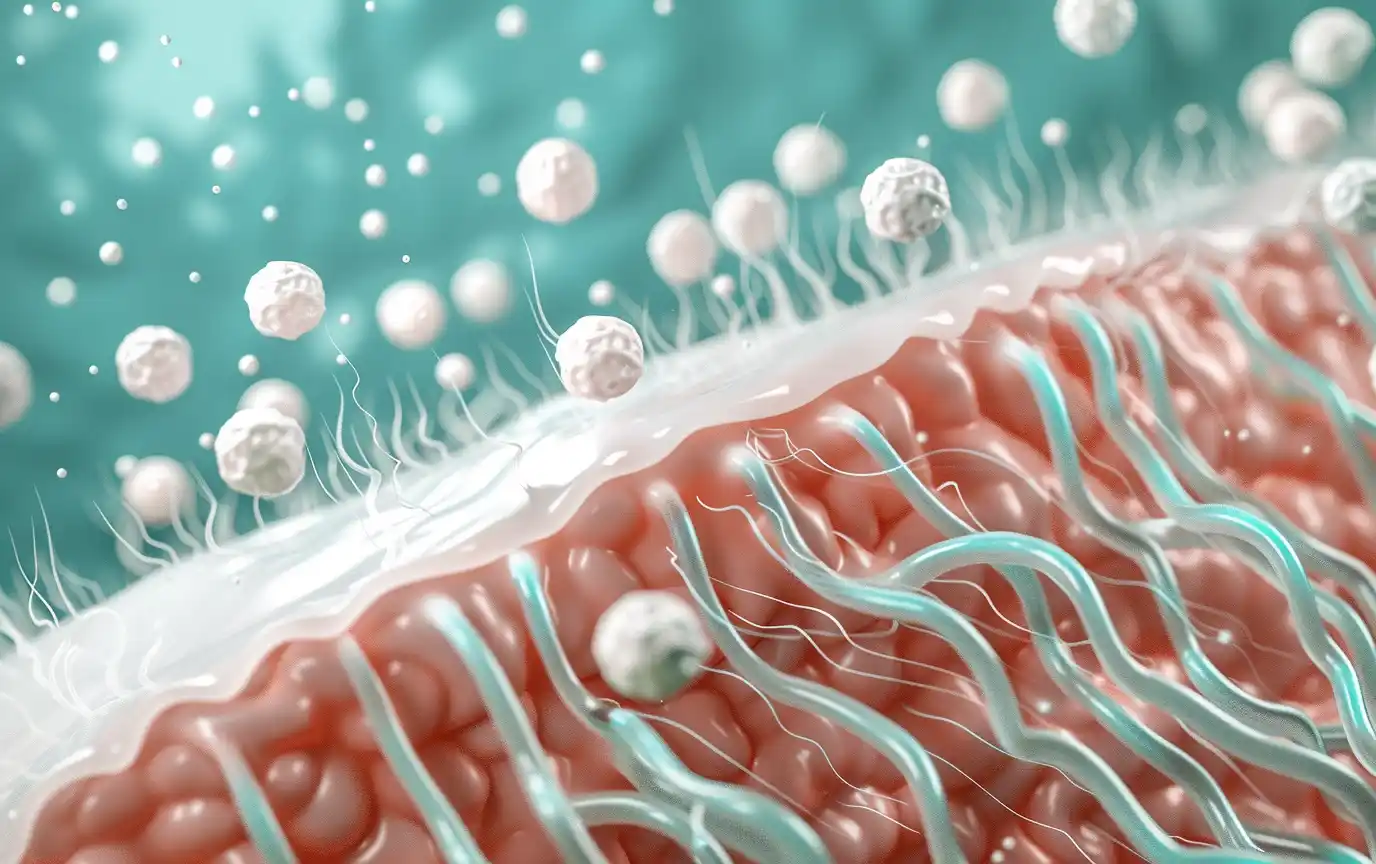
Эмоциональное воздействие кератоза пиларис
Хотя кератоз пиларис является доброкачественным заболеванием, он все же может оказывать значительное влияние на самооценку и образ тела человека.
Многие люди с keratosis pilaris стесняются внешнего вида своей кожи, особенно в социальных ситуациях, когда бугорки могут быть заметны, например, на пляже или в бассейне.
Важно помнить, что кератоз пиларис — очень распространенное заболевание, которым страдают до 50-80% подростков и 40% взрослых.
Вы не одиноки в своих проблемах, и нет причин стыдиться или стесняться своей кожи.
Практика ухода за собой и укрепление уверенности в себе могут значительно помочь справиться с эмоциональным воздействием кератоза пиларис. Это может включать в себя сосредоточение на своих положительных качествах, окружение себя поддерживающими друзьями и семьей, а также участие в мероприятиях, которые помогают вам чувствовать себя хорошо.

Воплощая свою кожу: Уверенно справляйтесь с кератозом пиларис
Кератоз пилярис — распространенное, безвредное заболевание кожи, вызванное скоплением кератина в волосяных фолликулах. Хотя это заболевание может вызывать разочарование и эмоциональные переживания, существует множество эффективных методов лечения и стратегий ухода за собой, которые помогут справиться с его симптомами.
Включив в свой уход за кожей мягкое отшелушивание, постоянное увлажнение и изменив образ жизни, вы сможете значительно улучшить ее текстуру и внешний вид. Важно проявить терпение и настойчивость, так как для получения заметных результатов может потребоваться несколько недель или месяцев.
Если симптомы keratosis pilaris сильно выражены или не поддаются самолечению, не стесняйтесь проконсультироваться с дерматологом. Он может дать индивидуальные рекомендации и назначить лечение, чтобы помочь вам достичь наилучших результатов.
Помните, что состояние кожи не определяет вас. С помощью правильных инструментов, знаний и поддержки вы сможете научиться управлять своим кератозом пиларис и жить полной жизнью.

Часто задаваемые вопросы о кератозе пиларис
Что такое кератоз пиларис и что его вызывает?
Где обычно встречается кератоз пиларис на теле?
Каковы симптомы кератоза пиларис?
- Небольшие, шершавые, окрашенные в цвет кожи или красные бугорки.
- Сухая, иногда зудящая кожа.
- Бугорки, напоминающие прыщи или с пробкой в центре.
- Кожа на ощупь напоминает наждачную бумагу.
Часто задаваемые вопросы о кератозе пиларис
Что такое кератоз пиларис и что его вызывает?
Где обычно встречается кератоз пиларис на теле?
Каковы симптомы кератоза пиларис?
- Небольшие, шершавые, окрашенные в цвет кожи или красные бугорки.
- Сухая, иногда зудящая кожа.
- Бугорки, напоминающие прыщи или с пробкой в центре.
- Кожа на ощупь напоминает наждачную бумагу.
Можно ли вылечить кератоз пиларис? Проходит ли он сам по себе?
Какие существуют методы лечения кератоза пиларис?
- Увлажняющие средства с отшелушивающими компонентами, такими как молочная, гликолевая кислота или мочевина.
- Местные ретиноиды для стимулирования клеточного обмена.
- Лазерные процедуры для уменьшения покраснений и улучшения текстуры кожи.
- Микродермабразия для физического отшелушивания кожи.
Как долго можно наблюдать улучшения при лечении кератоза пиларис?
Вернется ли кератоз пиларис, если прекратить лечение?
Кератоз пиларис улучшается или ухудшается с возрастом?
Что усугубляет кератоз пиларис?
- Сухая кожа.
- Холодная погода.
- Экзема или атопический дерматит.
- Гормональные изменения, например, во время беременности.


